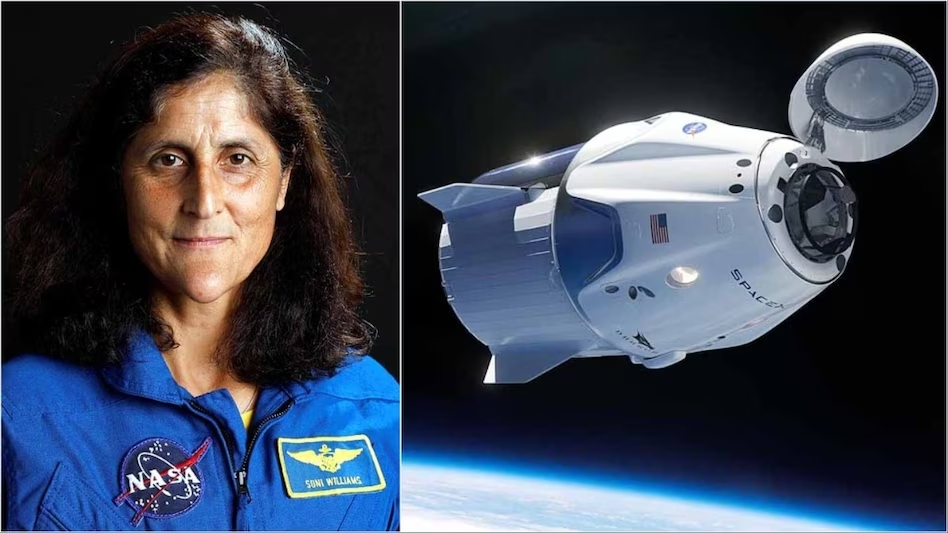Following the uncrewed return of Boeing’s Starliner spacecraft to Earth, there are now questions regarding the return of astronauts Butch Wilmore and Sunita Williams, who were initially slated to return on the capsule. Instead, they will now fly back in February 2025 aboard a SpaceX Crew Dragon spacecraft.
Although it might seem logical for NASA to send a rescue mission, there is no pressing need to return Wilmore and Williams immediately. They are currently safe aboard the International Space Station (ISS), which is a well-equipped and regularly resupplied environment for astronauts, as stated in previous NASA announcements.
Typical Mission Duration
Astronauts usually spend about six months on the ISS. Wilmore and Williams’ extended stay is not uncommon; they will return alongside two other astronauts who are nearing the end of their own six-month mission. The SpaceX Crew Dragon spacecraft, set to launch on September 24, will bring the next crew rotation to the ISS.

Lifeboats and Emergency Preparedness
The ISS currently has five spacecraft docked:
- SpaceX Dragon Endeavour (Crew-8 mission)
- Northrop Grumman resupply ship
- Soyuz MS-25 crew ship
- Progress 88 and 89 resupply ships
These docked spacecraft function as “lifeboats” for the astronauts in the event of an emergency requiring evacuation. The upcoming Crew Dragon spacecraft is expected to serve as the escape vehicle for Wilmore and Williams.
The ISS is well-prepared for emergencies, with astronauts trained to handle a variety of scenarios. Past incidents, such as close encounters with space debris and a fire on the Mir space station, underscore the critical importance of emergency preparedness in space.
A Planned Return
Wilmore and Williams are neither stranded nor in any danger. Their extended stay is part of the mission plan, and they are scheduled to return to Earth with the next Crew Dragon crew rotation in February 2025.



 Viesearch - The Human-curated Search Engine
Blogarama - Blog Directory
Web Directory gma
Directory Master
http://tech.ellysdirectory.com
8e3055d3-6131-49a1-9717-82ccecc4bb7a
Viesearch - The Human-curated Search Engine
Blogarama - Blog Directory
Web Directory gma
Directory Master
http://tech.ellysdirectory.com
8e3055d3-6131-49a1-9717-82ccecc4bb7a